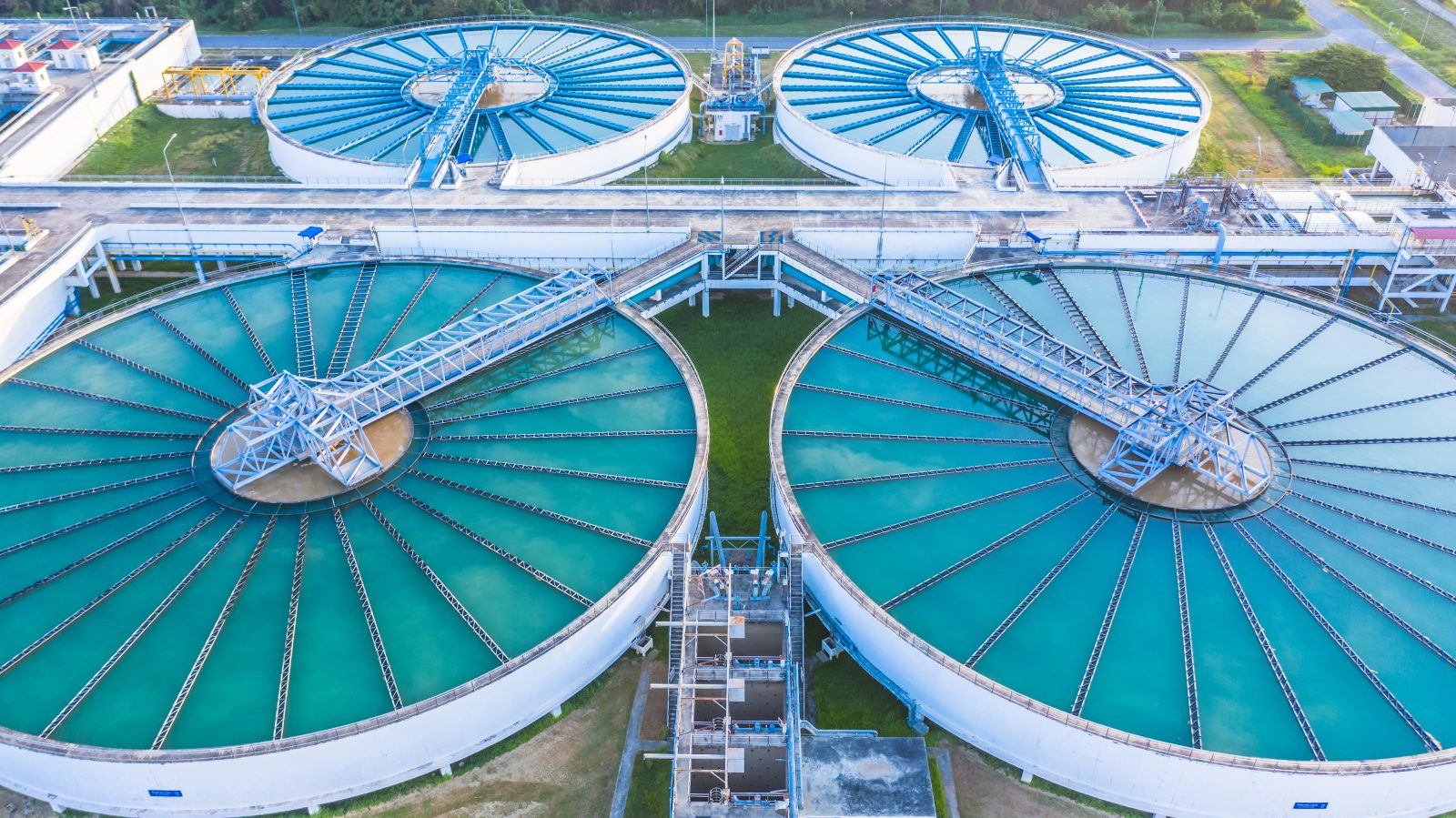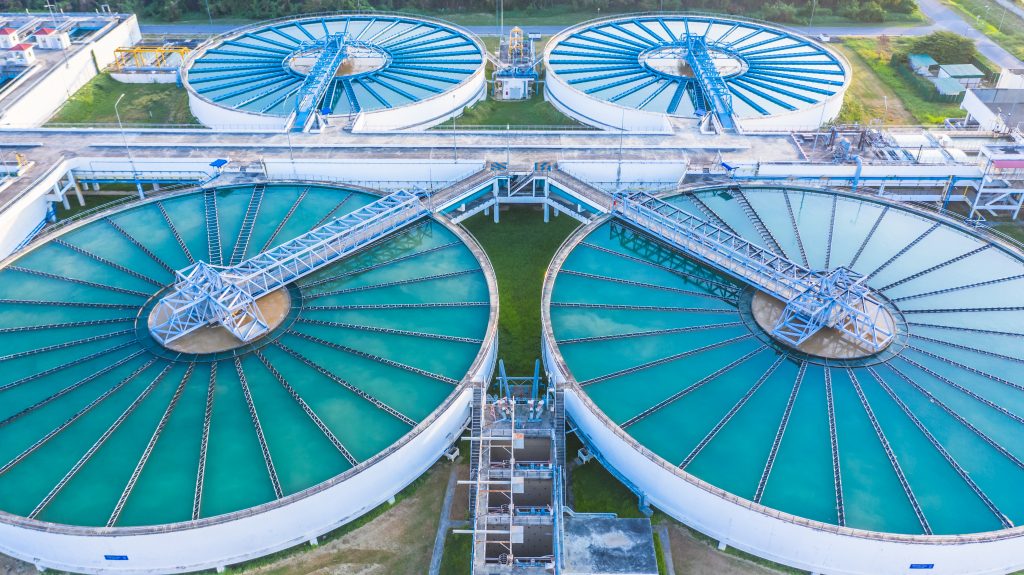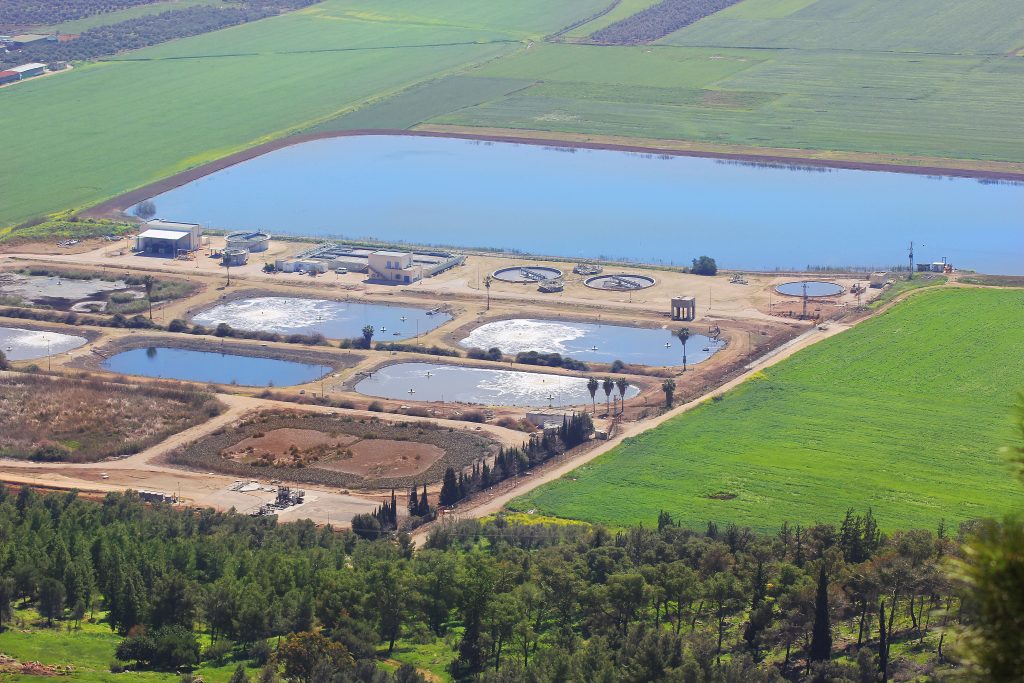Conservation by Example


Despite some of the driest weather on the planet, Israel has become a “water superpower.” The desert nation has for decades led the world in water conservation, infrastructure and resource development – lessons that could potentially have a significant impact in other drought-stricken regions.
By Eric Herman
Like much of the American southwest, Israel has an arid climate where water is one of the country’s most scarce and precious resources. Because Israel has such a limited supply of water, it’s been forced to procure sources that don’t rely on rainfall.
Today, water recycling, desalination and drip irrigation, among other tools, have all helped transform Israel into a nation that now boasts a water surplus. “During the last three decades, Israel made a quantum leap in water reclamation,” Lior Gutman, a spokesman for Israel’s national water company, Mekorot, wrote in an email to the Los Angeles Times.
During that time, the country has invested in water recycling infrastructure, Gutman said. The result: as much as 90% of the country’s wastewater is recycled and reused, with much of it devoted to agriculture. (By contrast, California only recycles about 23% of its municipal wastewater.)
“Above all we consider wastewater as a resource, just like natural gas or sunlight,” Gutman said.
SALT TO FRESH
Israel has traditionally turned to the Sea of Galilee for freshwater. That has changed. The nation now supplies more than 80% of household drinking water through six desalination plants on the Mediterranean and Red seas.
Gutman said seawater pumped to the plants is purified for drinking, showers and cooking, a process that takes only four hours, and “after the water goes down the drain it takes no more than 72 hours until being used to grow cherry tomatoes at the far desert.”
Founded in May 1948, Israel’s leadership began prioritizing water as a key to advancing national interests from the start. In most countries, the administration of infrastructure and technology are in the hands of bureaucrats. In Israel, however, water management has been the province of the highest levels of leadership. It is both a cultural and political priority.
For example, the country’s first Prime Minister, David Ben-Gurion, promoted the prospect of “desalting the sea” in order to “make the desert bloom” a guiding mandate that remains in place to this day.
The key to Israel’s success in stabilizing its water supply is based on multiple solutions, rather than some kind of single magic bullet. Seth Siegel, a water policy expert and author of the bestseller “Let There Be Water: Israel’s Solution for a Water-Starved World,” said one component of Israel’s success is that the country decided on an “all-of-the-above” solution.
“They rely on many, many different things — including culture, including market forces, including rethinking agriculture, including thinking about how to use water for recreation,” he said.
The approach leads to a robust water-supply resilience not found in other countries. It also clears the path toward significant technical breakthroughs.
Here in the U.S., California is deploying some tools from the Israeli toolbox.
BIG SAVINGS
For example, the Metropolitan Water District of Southern California is helping fund test trials of N-Drip, an Israeli gravity-powered drip irrigation technology in alfalfa and cotton fields. Early data indicates as much as 60% water savings, according to the MWD.
And though desalination can be costly and energy-intensive and negatively impacts sea life, Israel has gained efficiencies and minimized environmental impact at the same time by turning to advanced filtration and intake systems, off-peak electricity use, high-efficiency pumps and other technologies.
Israel also has some of the lowest “leak levels” in the world, Siegel said. While many U.S. utilities assume a water loss rate as high as 30%, the number is less than 8% in Israel. Siegel credits early detection systems including algorithmic predictors and sonar technologies that scan for problems. As a result, water main breaks are rare.
In his book, Siegel described Israel as a “water superpower,” but also explained that is very different for the Palestinians in the neighboring Gaza Strip, where limited and polluted supplies from a shallow aquifer paint a grim picture. “The reality that there is no logical solution to Gaza’s water crisis without Israel playing a leading role,” Siegel warned.
Peter Gleick, an expert who has worked on water issues in Israel, Gaza and the West Bank, said these disparities show how water has long been a source of tension and conflict. “The terrible humanitarian situation in Gaza is, in part, a water crisis, and Israel has long hindered efforts to bring safe water and sanitation infrastructure to Gazans,” he said.

At the same time, Gleick said, Israel’s water achievements offer lessons for other water-strapped nations. “Israel deserves credit for modernizing and improving their water system, including great efforts to shift away from water-intensive agriculture, improving irrigation efficiency and especially using more and more of their wastewater,” Gleick said.
“Their urban water use is much more efficient than California’s, even with the progress we’ve made here . . . We could learn lessons from them in these areas.”
FINDING THE FIT
Not everything Israel does is relevant everywhere. Small in size compared to other nations, Israel can implement change more easily than other countries of larger sizes. Also, with most of its population proximate to the country’s desalination plants, distribution is more immediate than in many other countries.
Nonetheless, there are elements of Israel’s approach to water management that can be readily applied elsewhere.
First, Israel charges the real price of water, prompting consumers, farmers and industry to identify and implement ways to conserve water and apply technical solutions that foster efficiency and conservations. One example, it is cheaper to fix leaky pipes than to waste the water. This has led to an extremely low lead factor, only about 8%. By comparison in the U.S. some systems lose 50%.
Israel has also largely divorced water management from politics, ceding management to apolitical technocrats, whose job it is to secure highest quality water to the largest number of people possible.
Israel has also turned away from flood irrigation for growing crops, a grossly inefficient method. While this wasteful and unsustainable method may be thought to be in use only in less developed countries, here in the US, farmers have little incentive to switch to water-saving technology because they can continue wasting water with impunity.
Arizona farmers, for example, used flood irrigation at a whopping 89% rate. Looking at the farming that relies on the Colorado River, an estimated six million acres are watered using flood irrigation.
By contrast, Israel has turned to low-cost, gravity-fed drip irrigation. First developed by an Israeli scientist, the technique is now being used on thousands of acres in Arizona and elsewhere. According to proponents of the technology it saves half of the water previously needed for flood-irrigated fields, while improving yields and reducing the need for water-polluting fertilizer.
The system is similar to the more familiar form of drip irrigation that was invented in Israel more than 60 years ago.
Although there is no single solution to water shortages, the path to abundance clearly begins with a shift in mindset and re-prioritizing public investment and private sector incentives. Until that shift occurs in the U.S., we will be forever dependent on the whims of the weather.
Opening image by Avigator Fortuner | Shutterstock, lower photo by irisphoto | Shutterstock









